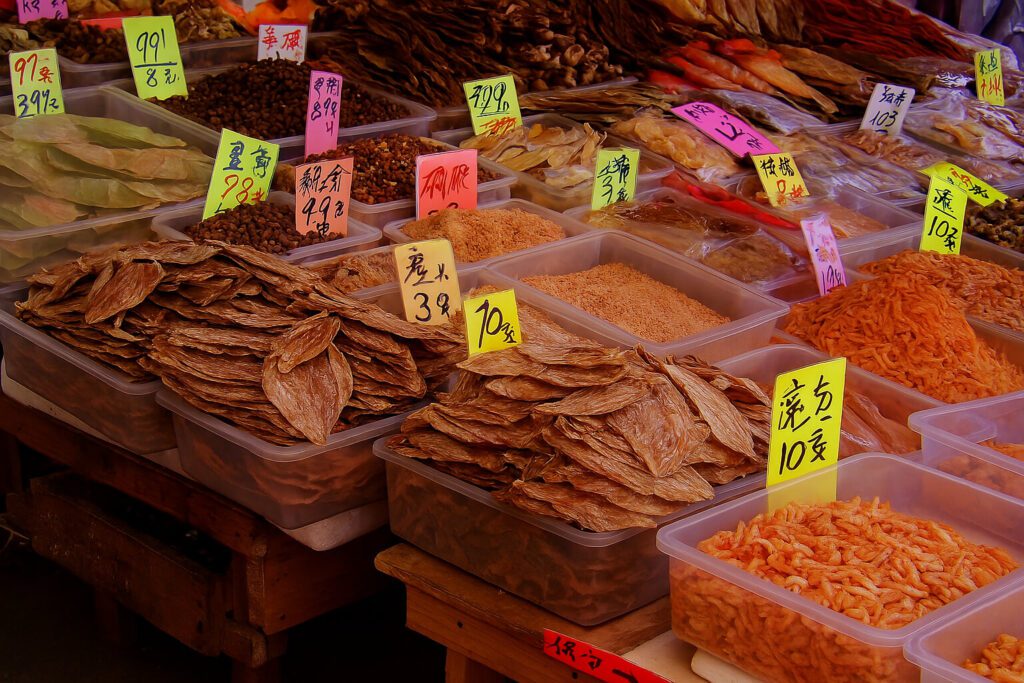Ever wondered what happens to the leftover food at Chinatown hawker stalls? You’re not alone. A lot of people are talking about Chinatown hawker leftovers consumption, and for good reason. It’s a topic that mixes culture, food, waste, and even a bit of controversy.
In this post, we’ll dive into what really goes on behind the scenes. We’ll explore how leftovers are managed, whether they’re reused, and what it means for public health and the environment.
What Are Hawker Centers?
Before we go deep, let’s clear up what we mean by “hawker centers.” These are open-air food courts found all over places like Singapore, Malaysia, and especially Chinatown areas. They’re famous for serving tasty, affordable dishes—from chicken rice to char kway teow.
They’re also fast-paced. With hundreds of people coming and going every day, there’s bound to be food left over.
So, What Happens to the Leftovers?
This is where things get interesting. Here’s the honest breakdown of Chinatown hawker leftovers consumption:
1. Most Leftovers Are Thrown Away
- Sad, but true.
- Many stalls toss unsold food at the end of the day.
- This is done to meet hygiene standards and prevent foodborne illness.
2. Some Food Is Reused (But Not How You Think)
- Leftover cooked rice or noodles? Usually tossed.
- But uncooked ingredients (like chopped veggies or meat) may be stored and used the next day—if kept properly.
- Some hawkers freeze extras and use them in soups or stews.
3. Feeding the Needy (Rare but Real)
- In rare cases, leftover meals are given to food charities or local shelters.
- However, strict food safety rules often make this difficult.
The Risks of Eating Leftovers from Hawker Stalls
While most hawkers follow health rules, there’s always some risk if leftovers are reused. Here’s why:
- Bacteria grow quickly in warm, humid weather (and Chinatown is hot).
- Improperly stored food can cause stomach issues.
- Leftovers may lose flavor and texture.
Most hawkers know this and play it safe by tossing extra food.
Environmental Impact: Waste, Waste, and More Waste
Food waste is a massive problem. In busy spots like Chinatown, the numbers add up fast.
- Tons of food are thrown out daily.
- That food ends up in landfills.
- Decomposing food produces methane, a harmful greenhouse gas.
Some groups are working on solutions like composting or donating extra food. But progress is slow.
Why Do People Care About Hawker Leftovers?
The interest in Chinatown hawker leftovers consumption comes from a few places:
- Tourists are curious.
- Locals are concerned about waste.
- Foodies want to know what’s really in their meals.
It’s a mix of health, curiosity, and social responsibility.
What Can Be Done?
We can’t solve everything overnight, but small steps help:
For Hawker Stall Owners:
- Reduce food prep based on demand.
- Partner with local charities that accept safe leftovers.
- Explore composting options.
For Customers:
- Order only what you can eat.
- Take leftovers home if allowed.
- Support stalls that promote sustainability.
Conclusion
Chinatown hawker leftovers consumption is a real issue. While most food is safely discarded, some leftovers are reused with care. The bigger concern is the environmental cost of food waste.
As customers, we can help by being more mindful of what we eat and where we buy it from. Hawker culture is something special. Let’s keep it that way—delicious, clean, and sustainable.
FAQs
1. Are Chinatown hawker stalls safe to eat at?
Yes, most follow strict health guidelines. Just choose busy stalls with high turnover.
2. Do hawkers reuse leftover food?
Sometimes, but not in unsafe ways. Cooked leftovers are usually discarded.
3. Can I take home leftovers from a hawker stall?
Yes, but bring your own container. Not all stalls provide takeaway boxes.
4. Why don’t hawkers donate leftover food?
Food safety laws make it hard. There’s a risk of liability if someone gets sick.
5. How can I help reduce food waste?
Order only what you need. Share dishes. Support hawkers who follow green practices.



